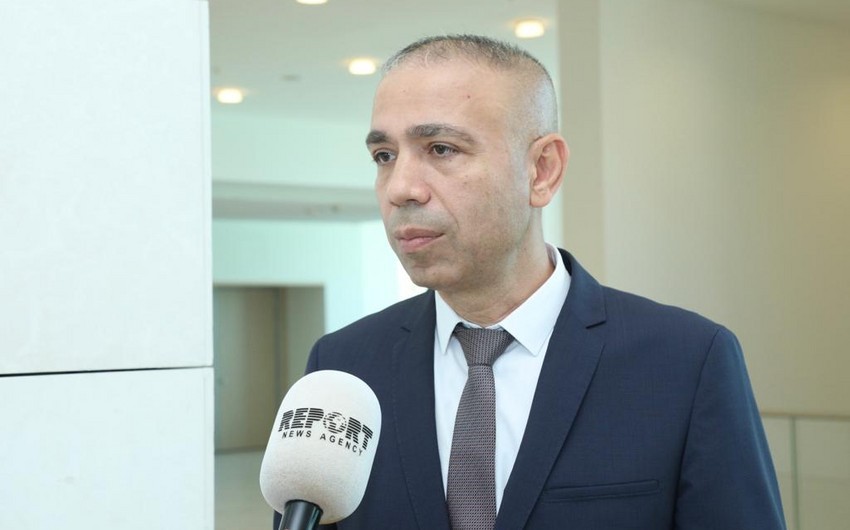The pace of integration of renewable energy sources in Azerbaijan and the volume of related investments are determined by two main factors - systemic challenges and the full cost of project implementation, Azerbaijani Deputy Minister of Energy Elnur Soltanov said, Report informs.
Soltanov made the statement at a panel discussion themed “Azerbaijan: A gateway to green development and connectivity” within the framework of the annual meeting of the European Bank for Reconstruction and Development (EBRD) in London.
According to him, the first factor is related to the characteristics of the national energy system and the difficulties caused by the variability of renewables: “The problem with renewable energy sources is their intermittent nature. The sun does not always shine, the wind is unpredictable. In order for such unstable production not to undermine the stability of the system, it must be compensated for - either by the scale of the energy system, or by high connectivity with neighboring countries.”
Soltanov noted that in the first case, Azerbaijan has limited capabilities: the installed capacity is about 8 GW, and the average consumption is only 3 GW, which makes the system vulnerable to production fluctuations.
According to the deputy minister, the second compensation mechanism could be external connections: “European countries benefit from scale and integration. For example, Spain, despite its size, is experiencing difficulties due to weak network connections with France. For Azerbaijan, establishing connections is not only a matter of electricity trade. It is a factor of the sustainability of the entire energy system, especially given the country's remoteness from major markets and technology centers”.
According to the deputy minister, the second most important factor is the real cost of integrating renewables, which is often underestimated: “Calculations of the levelized cost of electricity (LCOE) for solar and wind usually do not include the costs of network infrastructure, upgrades, energy storage systems and resilience mechanisms. When these costs are included, BOEM remains competitive, but the price advantage is reduced.”
Soltanov added that the geography of renewables is dictated not by consumer demand, but by natural conditions: “Gas stations have a significant advantage - they can be built close to cities and industrial centers. Solar and wind resources, on the other hand, can be located far from existing networks, which requires additional investment for connection.”
He also gave an example: the planned integration of more than 2 GW of renewables can bring more than $2 billion in investment to the country. However, for every dollar invested in green energy production, an average of 33 cents of additional costs are incurred for the development and modernization of the network.
According to him, despite these challenges, Azerbaijan demonstrates the ability to strategically overcome constraints.
“As in the case of oil and gas, we are trying to turn geographical and system constraints into competitive advantages. We apply the same approach to renewables, taking into account technological, infrastructure and regulatory aspects,” Soltanov emphasized.


 https://images.report.az/photo/e1e9ff4c-d014-3ff1-beb4-9d4ea9f36e5f.jpg
https://images.report.az/photo/e1e9ff4c-d014-3ff1-beb4-9d4ea9f36e5f.jpg

